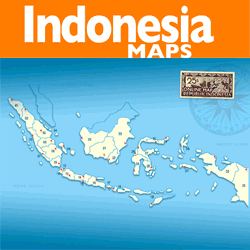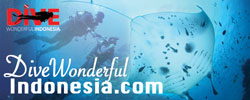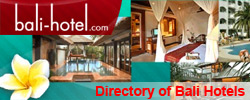South Sorong
South Sorong Regency is one of the regencies in West Papua Province. South Sorong Regency consists of 14 districts covering 210 villages and 3 urban villages. South Sorong as a conservation district has many advantages in terms of its natural wealth. The existence of rivers and many water sources has earned South Sorong the nickname of the Regency of "Thousand Rivers" in West Papua. That is the hallmark of South Sorong.
If you have enough time to vacation in West Papua, it is highly recommended that you take the time to visit South Sorong. This district is one of the places that many tourists choose if they want to explore Papua, and this is not without reason. South Sorong is often known as the gateway to Raja Ampat, and has wide variety of fascinating tours. This district is also famous for its land of 1001 rivers and towering limestone mountains and valleys of tropical forest as far as the eye can see.
Besides the cool air, abundant fresh water and fertile soil are other features of South Sorong Regency. In addition, South Sorong district is the only producer of unique traditional woven fabrics called timor clothes. In South Sorong Regency, there are many activities that can be done. For refreshing, visitors usually do tour activities such as Nature Tourism, and Marine Tourism.
The biodiversity of mangroves in the coastal area of South Sorong is quite high, as seen from the 33 species of mangroves found during the observation or 61.50% of the total 52 mangrove species in Papua and West Papua. This is directly proportional to the production of shrimp that is produced contributing to domestic consumers (local markets of Sorong Raya, Surabaya, and Makassar) and even abroad (Europe and Asia).
Mangroves are Green Pearls or the Lungs of the world that contribute oxygen to living things on earth, besides that mangroves have so many functions including able to absorb carbon gas so that they can reduce emissions, as a buffer for the process of intrusion or seepage of seawater to land, protecting beaches from sea water abrasion, providing food for small invertebrates and marine biota, nursery ground, feeding grounds for shrimp, crabs, shellfish and other marine biota, as a source of germplasm and natural habitat for various types of land and marine biota as well as there are many more functions of the existence of mangroves on this earth as the purpose of its creation is to fulfill human needs.










